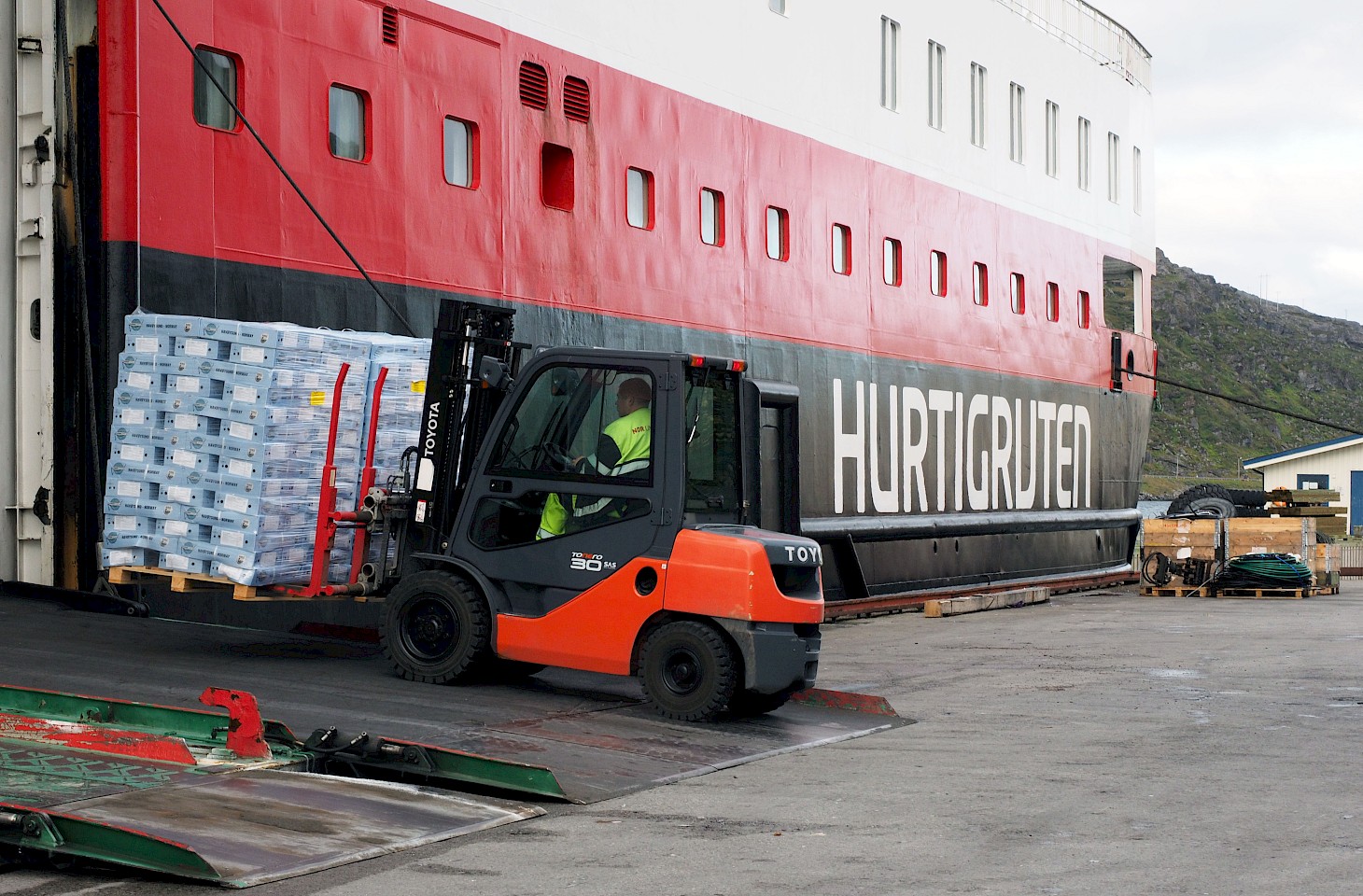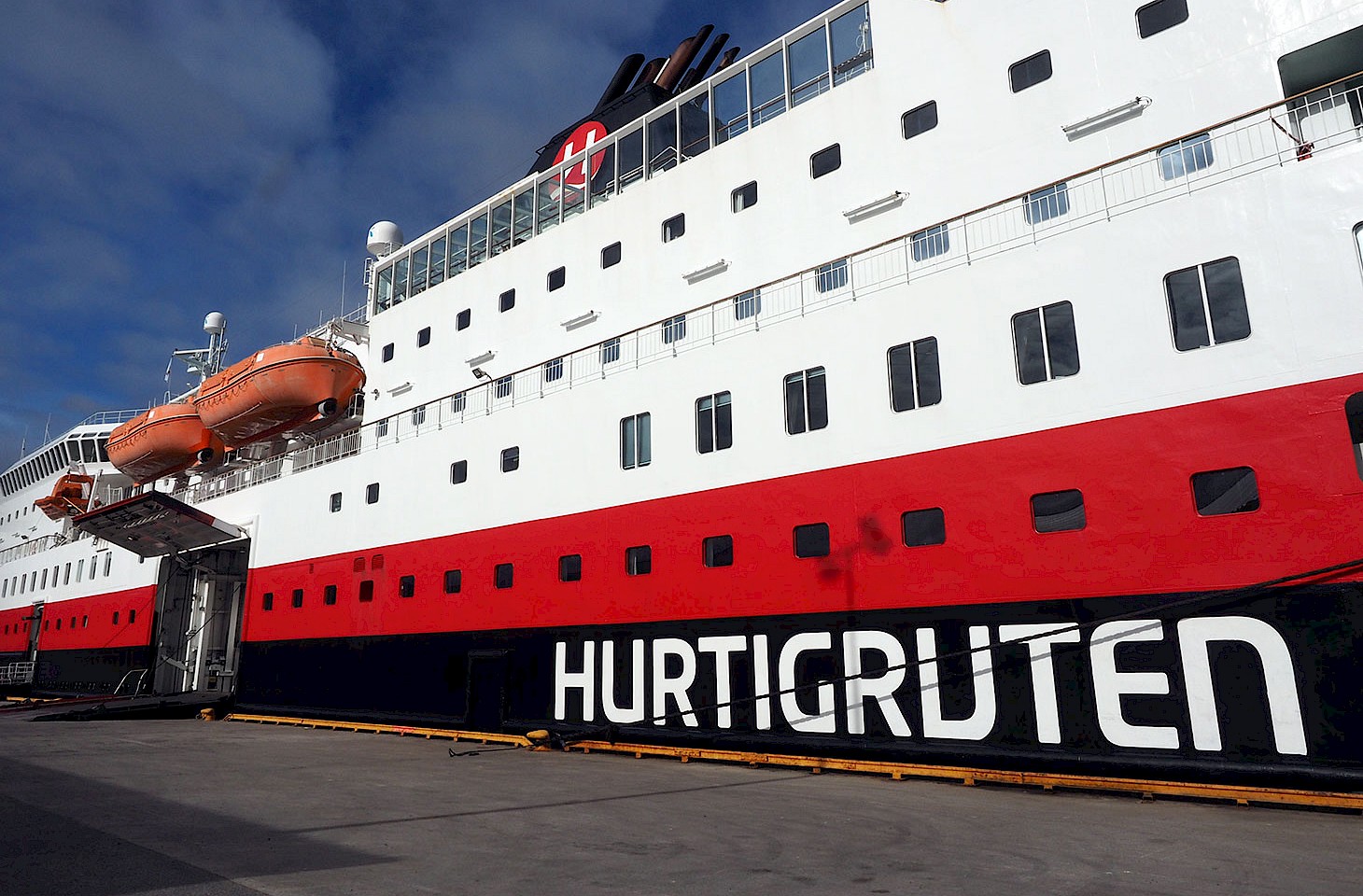Dear fellow travellers
Some journeys are full of ghosts. The 30-minute train ride from Rotterdam to Hoek van Holland (or vice versa) is in that vein. For a generation of English travellers arriving in Holland on the boat from Harwich, the journey by train along the north bank of the River Maas was a first glimpse of the continent. The river has been tamed by dykes to prevent it wandering over the estuarial flatlands. To the north are the meadows of Delfland, at least what's left of them, for this is a densely settled part of Holland. But still there is space for tulips, glasshouses and even the occasional windmill.
English travel writer Patrick Leigh Fermor, who landed at Hoek van Holland on a dull and snowy winter morning, had the train to Rotterdam all too himself. He recounts in A Time of Gifts how this "completed the illusion that I was slipping into Rotterdam, and into Europe, by a secret door."
'The Hook', as it has long been dubbed by Brits, has always played second fiddle to the premier French ports. Laurence Sterne's Sentimental Journey relied mightily on the cordial burghers of Calais (and some good red Burgundy) to give his continental excursion a kick start. Let's face it: landing in a tulip field could never offer quite the same literary potential as disembarkation in historic Calais.
Of course, there was a time when the Hook was favoured by travellers who looked east across Europe for travel opportunities. Bleary-eyed foot passengers disembarking at the Hook off the overnight ferry from Harwich could take their pick of onward connections. Trains from the quayside carried travellers directly to Warsaw, Moscow and Copenhagen.
The view from the train window has changed over the years, as oil storage depots and refineries march relentlessly along the banks of the River Maas. We have watched an old windmill near Vlaardingen become progressively ensnared by traffic. But still it stands, proclaiming its antiquity (anno 1710) in the urbanising fenlands of Holland. These days the trains from the Hook have no through carriages to distant spots. The route is served by humble sprinters, which hardly sprint and stop at every station along the way. They serve Maassluis, which has long since lost its Jewish population, and Schiedam, once noted for the industry with which it distilled and consumed gin. Now it is merely a suburb of Rotterdam.
Each time we ride the route we note the changing fortunes of communities along the line. And each time we are tempted to hop off at Vlaardingen West where a business right by the station, called Dutch Ink, offers "tattoos while you wait." The beauty of the ride from Rotterdam to Hoek van Holland is not in any peculiar properties of the landscape or the places served by the train. They are unchallenging. No, the appeal is something different. Riding east, after alighting from the boat, there is that sense, captured so nicely by Patrick Leigh Fermor, of slipping into Europe on the sly. And westbound, there is a sort of melancholy born of leaving the continent without having properly said one's farewells. There is no such thing as a grand exit via Hoek van Holland.
The railway line from Rotterdam to Hoek van Holland is full of ghosts. There are the shadows of quiet villages gobbled up by the city, the echoes of the last psalms recited in the synagogue at Maassluis. And there are the voices of Jewish children. Thousands upon thousands of them who, in the months prior to the outbreak of the Second World War, travelled by special Kindertransport trains to Hoek van Holland, there to board the ship for the crossing to Harwich and new lives in England.
Just one of those thousands who were sent to safety by their parents was 15-year-old Ruth Neumeyer who, 75 years ago this week, said goodbye to her parents on a railway platform in Munich and boarded the train for Hoek van Holland. Ruth never saw her parents again. Like the parents of so many children who found refuge through the Kindertransport programme, Hans and Vera Neumeyer perished in the Holocaust. Ruth died in London in 2012.
For us, as surely for many other travellers on the line to Hoek van Holland, the ghosts of young German Jews are what gives character to this rail route. It is one of those instances where the psychogeography of the route is shaped not by the passing landscape beyond the carriage window but more by overwhelming historical circumstance. This is a good week to reflect on the Kindertransport rescue mission. It's a good week to reflect on Ruth Neumeyer and many others like her. You can read more about Ruth at http://ephraimneumeyer.wordpress.com.
Nicky Gardner and Susanne Kries
(editors, hidden europe magazine)




